Biological or ecological farming, often known as organic farming, uses natural pesticides and fertilizers such as compost, green manure, and bone meal. It began in the early 20th century as a solution to rapidly evolving farming techniques. Over half of the world’s 70 million hectares (170 million acres) of certified organic agriculture are in Australia. Various organizations are still working to improve organic farming today. Let’s check out more information about organic farming in the world below.
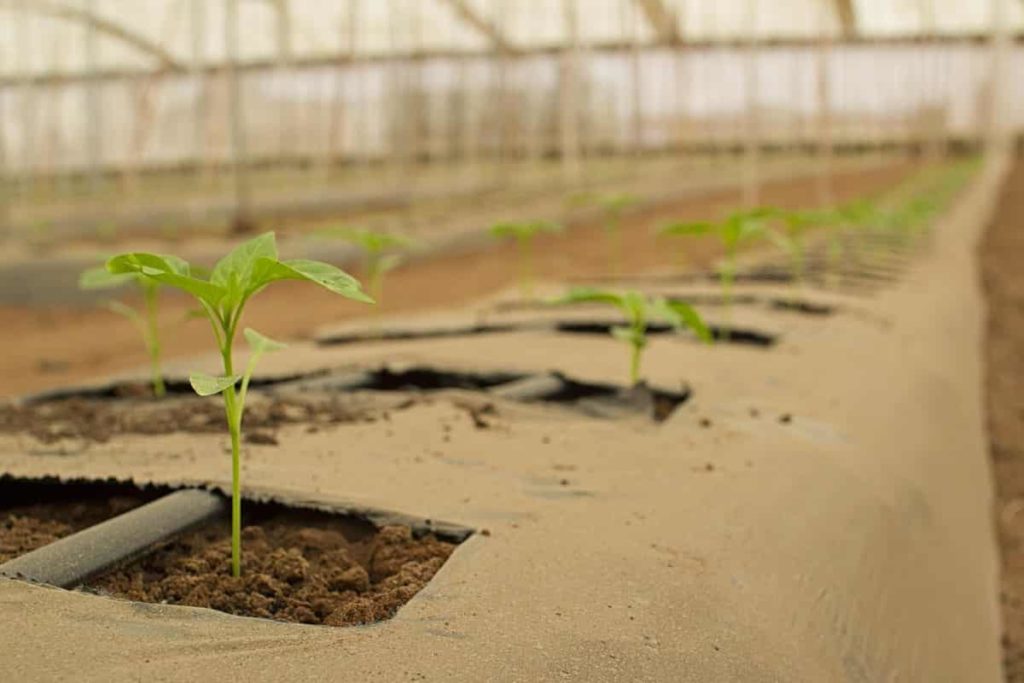
Organic farming requires fewer chemicals than conventional agriculture, minimizes soil erosion, reduces nitrate leaching into surface water and groundwater, and replenishes animal waste back into the farm. These advantages are compensated by decreased yields and significantly greater consumer food costs. However, it has been discovered that, on average, the yields of organic crops are roughly 25% lower than those of conventionally grown crops, though this can vary greatly depending on the crop type. The government has formally defined organic agriculture.
There are specific organic requirements for crops, animals, wild-crafted goods, and the processing of agricultural products. Farmers must be certified to produce and brand their products “organic.” Under EU and US organic standards, synthetic pesticides, fertilizers, ionizing radiation, sewage sludge, and genetically engineered goods are forbidden. The National Organic Standards of the U.S. Department of Agriculture (USDA) have been used to define organic farming since 2000, and there are numerous accredited organic certifiers throughout the nation.
Organic farming in the world
What is the history of organic farming?
- Sir Albert Howard, F.H. King, Rudolf Steiner, and others created the principles of organic agriculture in the early 1900s because they thought that using animal manures (often turned into compost), cover crops, crop rotation, and biologically based pest treatments produced a better farming system.
- The traditional and sustainable farming methods he discovered while conducting agricultural research in India greatly inspired Howard, who pushed for adopting these practices in the West.
- Numerous activists, like J.I., continued to support such behaviors. From the 1940s onward, Organic Gardening and Farming magazine and several books on organic farming were produced by Rodale and his son Robert.
- When Rachel Carson’s book Silent Spring was published in the 1960s and detailed the depth of the environmental harm caused by insecticides, it increased demand for organic food.
In case you missed it: Common Shrimp/Prawn Diseases, Symptoms, Treatment: Check How this Guide Helps Shrimp Farmers
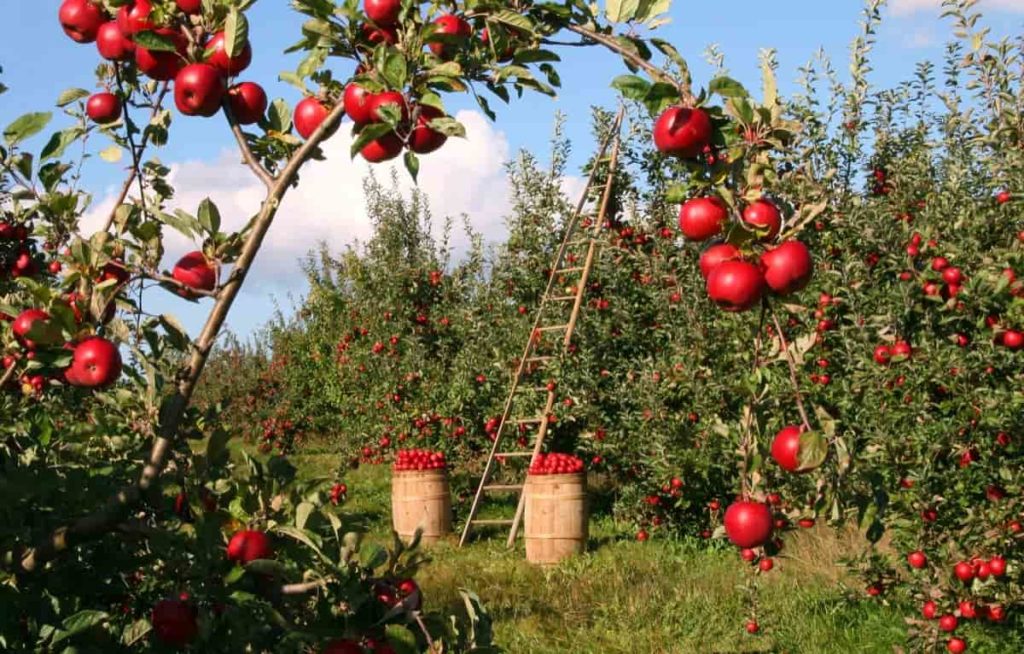
What are the organic farming methods?
- Crop Rotation is the process of producing a variety of crops in the same place over the course of several growing seasons. It lessens dependency on a single source of nutrients, insect and weed pressure, and the likelihood that resistant weeds and pests may evolve.
- Green Manure is a crop grown especially for incorporating into the soil while still green in agriculture. Usually, the biomass of the green manure is combined with a plow or disc, as is frequently done with (brown) manure.
- Compost is a combination of substances used to enhance the soil. It is frequently made by recycling organic materials and decaying plant and food waste.
- Biological pest control relies on predation, parasitism, herbivory, or other natural mechanisms but often requires active human management. Biological control, also known as biocontrol, controls pests using other creatures, such as insects, mites, weeds, and plant diseases.
Which country has the most organic farming?
- In 2018, 71.5 million hectares were under organic management, a 2.9% rise over the previous year. Australia (35.7 million hectares), Argentina (3.6 million hectares), and China (3.1 million hectares) are the countries with the greatest organic agricultural areas. Due to Australia’s extensive organic acreage, Oceania accounts for half of the world’s organic agricultural land (36.0 million hectares).
- After Latin America, Europe has the second largest area (15.6 million hectares). In comparison to 2017, the organic area rose on all continents.
What is the percentage of organic farming in the world?
- Across the globe, 1.5 percent of agricultural land is organic. Many nations, however, have much greater shares.
- Liechtenstein (41.0 percent), Austria (26.1 percent), and Sao Tome and Principe (24.9 percent) have the highest percentages of their cropland that is organic.
- In the upcoming years, certain Indian states plan to be 100% organic. 10% or more of all agricultural land in sixteen nations is organic.
In case you missed it: Common Fish Diseases, Symptoms, and Treatment: Check How this Guide Helps Fish Farmers
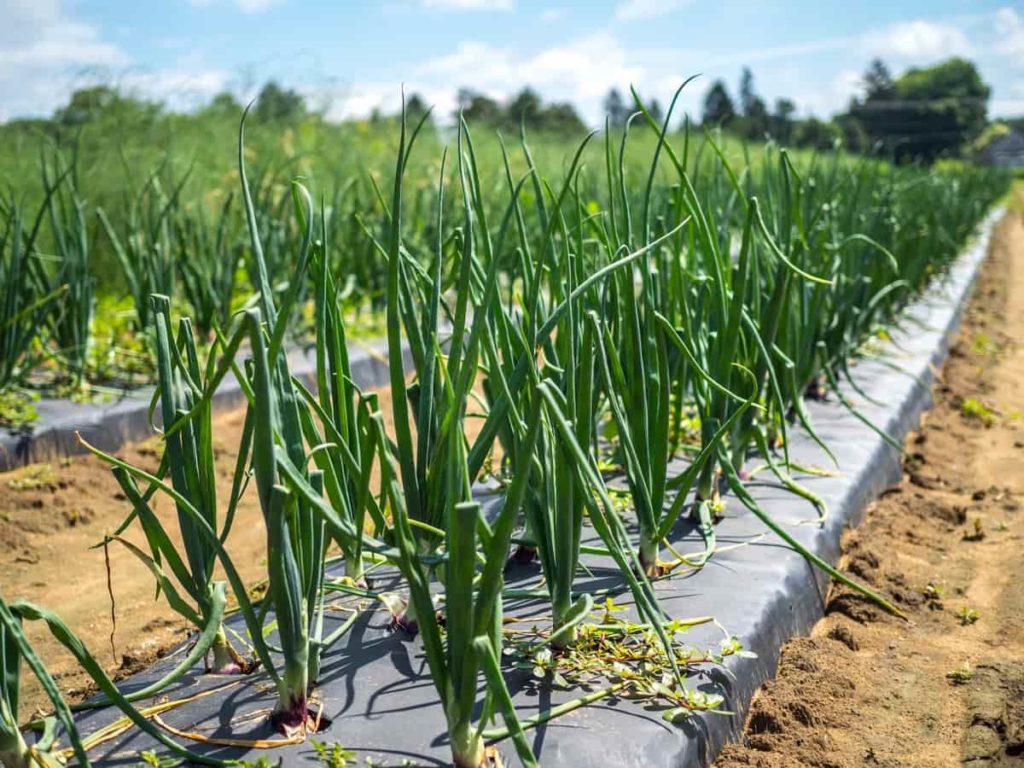
Can we feed the world with organic farming?
- The production of enough food for a population that may exceed 10 billion by 2050 requires only 1% of the world’s agricultural area, making organic agriculture a comparatively untapped resource.
- The research, titled Organic Agriculture in the 21st Century and published in Nature Plants, is the first to assess organic versus conventional farming in terms of the four key sustainability indicators identified by the US National Academy of Sciences: productivity, economic viability, environmental soundness, and social justice.
- A farm must be stable, with all four legs managed to be balanced, just like a chair, for it to be sustained.
Do organic farmers make more money?
- The prices of organic crops were substantially higher than those of conventional crops, according to records, fetching up to $14 more per bushel for soybeans, $3 more for maize, and up to $5 more for wheat.
- Since organic alfalfa hay is still relatively new, researchers determined that it costs the same as hay from conventionally farmed fields. Even with the highest transition expenses, according to another computer model, farmers would still make an average of $50 to $60 more per acre year by switching to organic farming.
- Even if organic prices dropped by half, the premium pricing advantage would still outweigh the initial higher costs and potential lower yields.
What are the types of organic farming?
- Integrated organic farming: Waste products from one process are recycled into nutrients for other processes in integrated organic farming, which is a circular, waste-free process. This permits the best possible resource utilization and boosts production effectiveness.
- Since cow dung is utilized as manure, there is no need to fertilize crops with chemicals. Compost is made from crop waste, which can be used as a natural fertilizer or to produce natural gas to meet the farm’s energy demands.
- Pure organic farming: All synthetic chemicals must be avoided in pure organic farming. All fertilizers and herbicides used in this agricultural procedure are derived from natural sources, such as bone meal or blood meal.
In case you missed it: Best Practices to Grow Taro Root at Home: Check How this Guide Helps Beginners
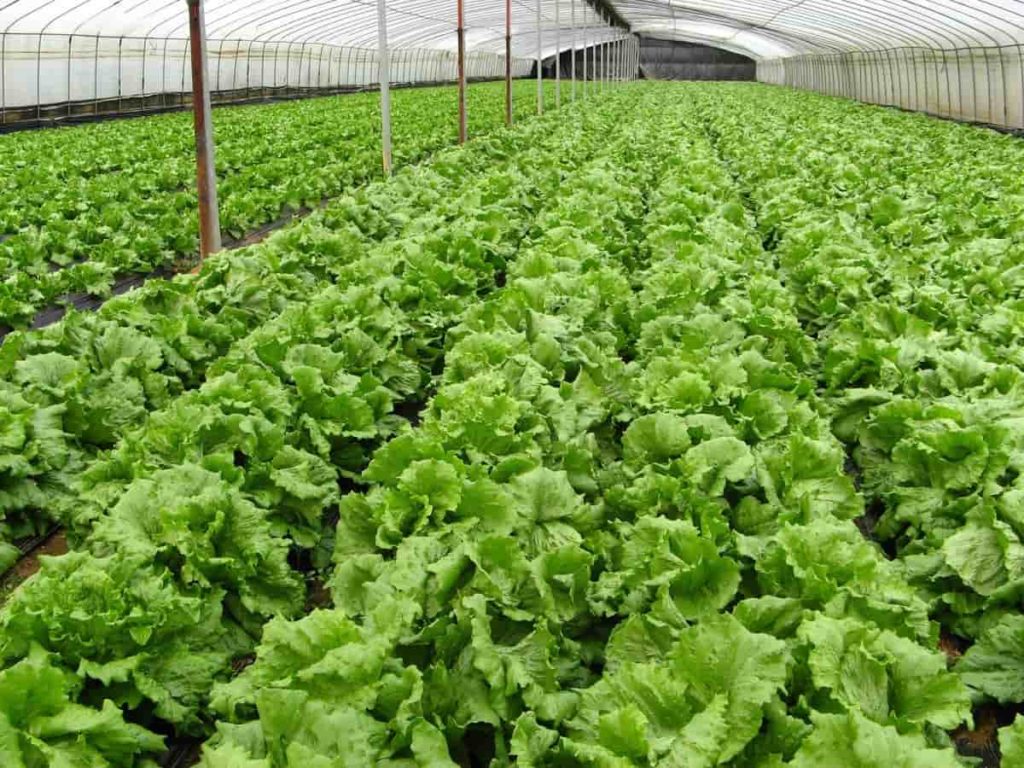
What are the top 5 countries for organic farming?
- 650,000 organic farmers work in India. It is in second place in Asia behind China, which has 1.9 million hectares under organic cultivation, with 0.7 million hectares. 0.4% of all agricultural production is from organic farming.
- Organic farming expanded to 210,000 hectares of land in 2014 alone. India has roughly 700 organic processors and exporters in addition to producers.
- Uganda leads the region in land under organic cultivation with more than 240,000 hectares, making it the country in Africa with the highest number of organic farmers (191,000). Of its total agricultural land, organic farms occupy 1.7% of the total. It is one of Africa’s top producers of coffee.
- A total of 170,000 Mexican farmers cultivate organically, using 2.3% of the country’s total farmland. Mexico has almost 100 organic processors in addition to producers. There are 166,000 organic farmers and a few exporters and processors in the Philippines. 0.9% of the total land area is used for farming.
- The 149,000 organic farmers in Tanzania utilize 0.5% of the country’s acreage. Some businesses are also engaged in export. Ethiopia’s 136,000 organic farmers and a few exporters utilize 0.5% of the country’s acreage.
Which country has 100% organic farming?
- The availability of organic food in Denmark is being substantially increased, according to the Danish government. The Ministry of Food, Agriculture, and Fisheries unveiled an ambitious goal last year to quadruple the area devoted to organic farming from 2007 levels to 2020. According to Local Denmark, the government has committed 400 million kroner ($60.8 million) to its action plan.
- For the 800,000 meals given daily in public institutions, including hospitals, daycare centers, and schools, the nation aspires to reach a 60 percent organic food goal. Denmark intends to adopt a fully organic food supply as soon as possible. However, at least one nation has a more audacious goal than Denmark.
- Bhutan committed to going entirely organic by 2020, five years ago. To be fair, Denmark has a larger population than Bhutan (754,000). (5.6 million). Bhutan has some impressive claims, though. It is one of the few nations in the world to have negative carbon emissions because it is not only carbon neutral but also a carbon sink.
In case you missed it: Best Practices to Grow Sweet Potatoes at Home: Check How this Guide Helps Beginners
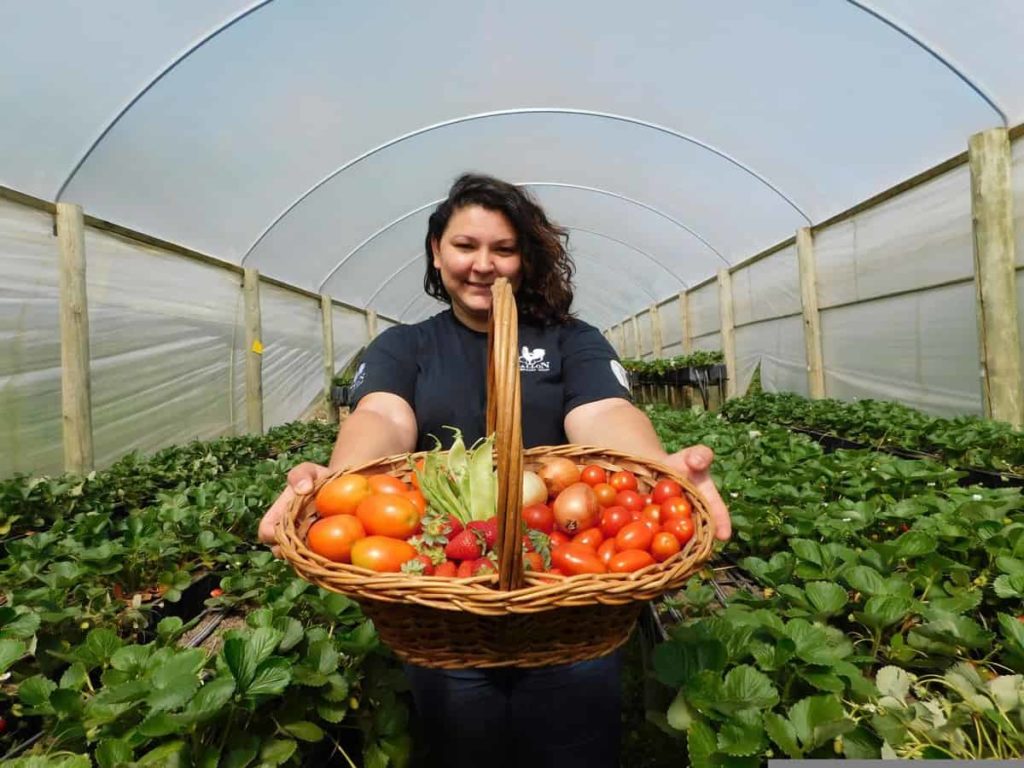
Who is the father of organic farming?
- The father of the current organic farming movement is generally considered J.I. Rodale, publisher of Organic Farming and Gardening magazine and founder of the Rodale Research Institute. Rodale became the primary source of information about “non-chemical” agricultural techniques in the 1940s and significantly impacted the advancement of organic agriculture techniques.
- Sir Albert Howard, a British scientist who spent years observing ancient systems in India, was the source of many of Rodale’s ideas. Howard championed working with nature by using deeply rooted crops to pull nutrients from the soil and agricultural methods that depend on returning crop leftovers, green manures, and waste to the soil.
- By the 1970s, growing consumer demand and environmental awareness had propelled the organic business forward. The nascent organic business, however, experienced growing pains. Despite widespread agreement on philosophical perspectives, organic agriculture was not defined by any norms or laws.
- The initial certification schemes were decentralized, allowing each state or certifying agent to set criteria by local manufacturing norms and limits. For instance, the difficulties faced by apple farmers in California and New York are significantly different.
How many countries have organic farming?
- In 187 countries, organic farming is practiced, and at least 3.1 million farmers use organic practices to manage 72.3 million hectares of agricultural land. More than 106 billion euros were spent on organic food and drank globally in 2019.
- The 22nd edition of The World of Organic Agriculture, released by IFOAM – Organics International and the Research Institute of Organic Agriculture FIBL, offers a thorough analysis of current advancements in international organic agriculture. It provides in-depth information on organic farming statistics, including the area managed organically, the sorts of crops grown organically, the number of farms and other types of operators, and a few market figures.
- Public food purchasing in the organic sector, Participatory Guarantee Systems (PGS), standards and regulations for organic imports, public food procurement in the organic sector, and insights into current and emerging trends in organic agriculture in Africa, Asia, Europe, Latin America, North America, and Oceania are all topics discussed in the book by representatives of the organic sector from around the world.
- The information in this year’s edition also discusses how the COVID-19 pandemic has affected the organic industry. The International Trade Centre (ITC), the Swiss State Secretariat for Economic Affairs (SECO), the Coop Sustainability Fund, and Nürnberg Messe all provided funding for the publication of this book. The thoughts represented here should not be interpreted as those of ITC, SECO, or Nürnberg Messe.
In case you missed it: How to Grow Curry Leaf/Kadipatta Plant at Home: Check How this Guide Helps Beginners
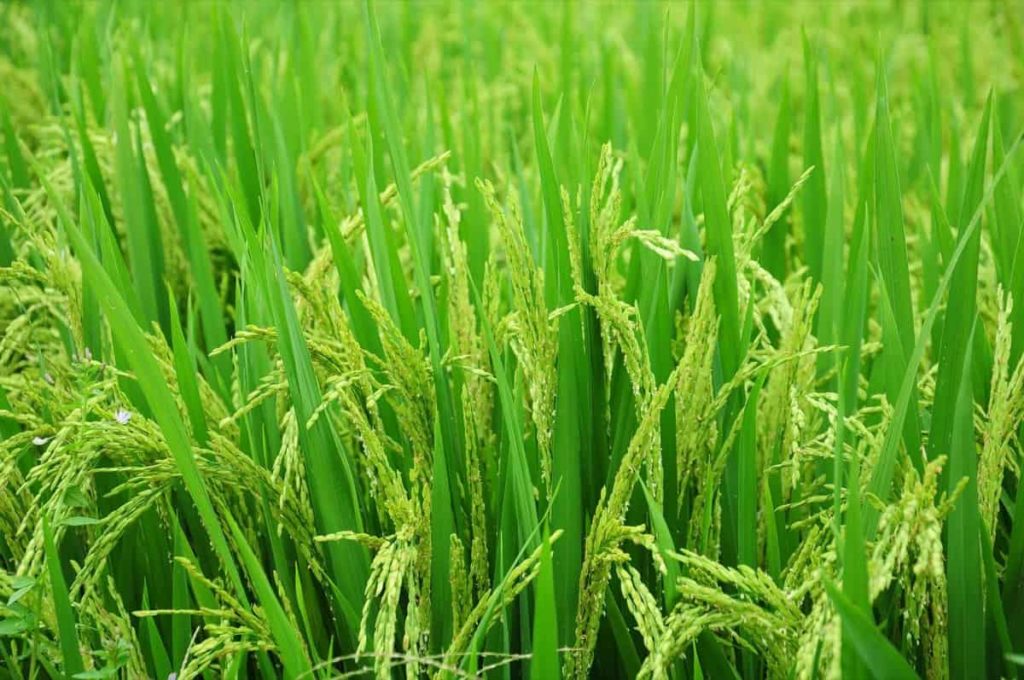
What would happen if the world went organic?
- In conventional farms, the crops grown to feed the animals have been fertilized artificially, which is where this nitrogen comes from. This would not be viable in the researchers’ hypothetical global organic scenario, making the nitrogen scarcity crucial.
- The result would be a global famine. Many concluded that only half of the current global population could be sustained without the Haber-Bosch process for artificial nitrogen fixation in one of the few attempts to measure this impact accurately. Still, they contend this is advantageous because it lowers greenhouse gas emissions and water system contamination. Synthetic pesticides, which are loudly avoided in organic farming, provide a comparable problem.
Conclusion
Food produced by organic farming is safer and more nutritious. As consumers look for organic foods because they believe they are safer and healthier, the popularity of organic food is rising drastically. So possibly eating organic food ensures food safety from farm to fork. Compared to conventional farming, organic farming is more environmentally friendly. Organic farming promotes consumer health by preserving the environment’s purity and the soil’s health.
Additionally, the organic produce market is expanding at the quickest rate worldwide, including in India. Comprehensively, organic farming fosters a nation’s consumer health, ecological health, and economic growth through income generation. Given that India is currently the world’s largest producer of organic food, we believe that supporting organic farming in India will help create a soon-to-be economically, environmentally, and nutritionally healthy country.
- Management Pests and Diseases in Your Cotton Field
- Sheep Farming Business Plan for Beginners
- Aquaponic Farming at Home: A Step-By-Step Guide
- Profitable Village Farming Business Ideas in 2024
- High-Yield Aquaculture: Fast-Growing Fish for Farming
- Effective Fish Pond Construction Techniques for Beginners
- Irrigation and Water Management in Pineapple Farming
- Blossom to Harvest: Mastering Flowering and Pollination in Papaya Farming
- Pig Fattening Essentials: From Selection to Sale for Beginners
- Raising Wagyu Cattle: A Complete Guide for Premium Beef Production
- Soil Types and Their Water Holding Capacity
- Optimizing Irrigation Schedules for Coconut Groves for Enhanced Yield
- Espresso Your Garden: Coffee Grounds for Healthier Acid-Loving Plants
- The Best Soil Mix for Snake Plants: How to Mix Your Own Snake Plant Soil
- Green Thumb Success: Expert Tips for Cultivating Greenhouse Beans All Year Round
- Bloom All Year Round: The Ultimate Guide to Indoor Hyacinth Care
- Eco-Friendly Gardening: How to Make Liquid Fertilizer from Kitchen Waste
- Ultimate Guide to Grow Anise in Pots: Explore Seed Propagation to Harvesting
- Guide to Raising Chester White Pigs: Discover Breed Facts to Growth Management
- Mastering the Elegance: The Ultimate Guide to Weeping Cherry Tree Care, Planting, and Maintenance
- Ultimate Guide to Planting Garlic in Grow Bags: Growing Strategies for Beginners
- How to Fix Spider Plant Leaf-Related Problems: Natural and Organic Remedies
- 10 Reasons Why Your Tulsi Plant is Shedding Leaves: Home Remedies and Solutions
- Optimizing Growth and Yield: The Advantages of Palm Bunch Ash Fertilizer
- Utilizing Neem Oil Extract as a Natural Pesticide for Hydrangea
- From Soil to Harvest: Various Ways in Which Farmers Can Use AI Tools
- Steps to Encourage and Induce Citrus Flowers: A Comprehensive Guide
- How to Fix Snake Plant Leaf-Related Issues: Natural and Organic Remedies
- Transform Your Garden into a Fragrant Oasis with Raat Ki Rani (Night Blooming Jasmine)
- Discover the Ideal Chicken Breeds for Philippine Farms
- How to Create a Poultry Egg Farm Business Plan for Profits
- Grow Lemon Cucumbers Like a Pro: Insider Techniques for Bountiful Yields
- Ultimate Guide to Caring for Your Pink Princess Philodendron: Tips for Thriving Variegation
- Areca Nut Profit Per Acre: Calculating Yield and Cost of Cultivation
- How Kaveri Chicken is Becoming a More Profitable Breed in Indian Backyards
- Transform Your Barn: 9 Steps to Convert a Horse Stall into a Chicken Coop
